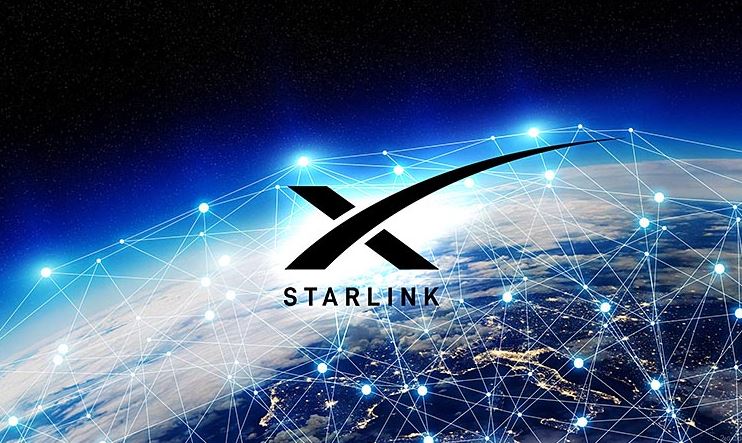When we think of billionaire entrepreneur Elon Musk, our minds often jump to his ventures like Tesla, SpaceX, and even his lively Twitter presence. However, there’s another project on Musk’s horizon that might not be as well-known but is equally revolutionary – Starlink.
Starlink, a division within SpaceX, is a pioneering endeavor aiming to provide internet connections to virtually anyone on the planet using a constellation of private satellites orbiting above. This ambitious project gained significant momentum in 2021, and now, after nearly two years and numerous successful launches, Starlink boasts an impressive fleet of over 4,200 operational satellites. It offers its services in more than a million locations across all seven continents.
The primary goal of Starlink is to bridge the digital divide by offering high-speed internet access, particularly in rural and underserved areas globally. Customers can connect by installing a small satellite dish at their homes to receive the signal and transmit the bandwidth to their routers. The flexibility of this system allows for multiple mounting options, including rooftops, yards, and exterior installations. The Starlink app, available for Android and iOS, even uses augmented reality to help customers find the optimal location for their receivers.
As of May 2023, Starlink has celebrated over 1.5 million subscribers worldwide, a testament to the demand for accessible, high-speed internet in remote areas.
But how fast is Starlink? According to Ookla, a prominent internet speed tracking site, Starlink offered an average download speed of nearly 67Mbps in the US during the first quarter of 2023. While this is lower than its performance at the end of 2021 (when it reached over 100Mbps), it still outperforms competitors like Viasat and HughesNet. However, it falls short of the typical speeds seen with fiber connections.
Despite the recent speed drop, Starlink assures users that their speeds will improve as they launch more satellites, enhance ground stations, and improve networking software. Elon Musk even tweeted in 2021 that he expected the service to double its top speeds to 300Mbps by the end of that year. However, these claims might seem optimistic, given the recent data.
Elon Musk’s Starlink Partners with Jumia to Bring High-Speed Internet to Africa
So, how much does Starlink cost? Initially priced at $99 per month, with a $499 upfront payment for the satellite dish and router, Starlink increased its rates to $120 per month and $599 upfront in March 2022. While this might seem high compared to traditional fiber connections, it targets customers who have long struggled without reliable internet access. A $90 monthly plan is also available for those in “high-availability locations.”
Starlink’s service is currently accessible in select regions in the US, Canada, and abroad, with plans to expand the coverage map significantly as more satellites join the constellation. Musk’s goal is to eventually provide worldwide coverage, including for moving vehicles and in-flight Wi-Fi.
Starlink’s rapid expansion and success have not come without challenges. One significant concern is the impact of its low-earth orbit satellites on the night sky, raised by the scientific community. Astronomers worry about light pollution and its effects on stargazing and nocturnal wildlife. Starlink has taken steps to mitigate this issue, testing designs like “DarkSat” and “VisorSat” satellites with non-reflective coatings and sunshade visors to reduce brightness and visibility.
Moreover, Starlink faces competition from other satellite internet providers like Viasat, HughesNet, and Amazon’s Project Kuiper. Regulatory disputes have arisen, with Dish, for instance, claiming that Starlink’s expansion would interfere with its satellite signals. In August 2022, the Federal Communications Commission (FCC) canceled Starlink’s subsidies, citing a failure to meet program requirements while acknowledging the technology’s promise.
Follow us on Facebook
Post Disclaimer
The opinions, beliefs and viewpoints expressed by the author and forum participants on this website do not necessarily reflect the opinions, beliefs and viewpoints of Anaedo Online or official policies of the Anaedo Online.

